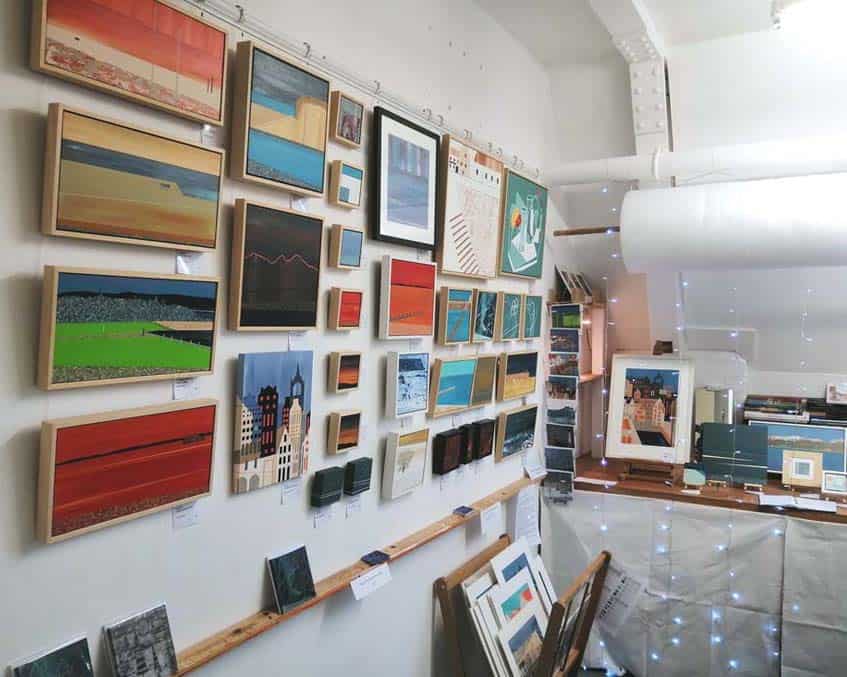
20 Feb Careers in the arts – an eye-opening studio visit
It’s assumed that if you’re planning to apply to art college / Uni that you’ll be considering careers in the arts.
But it’s a little unknown, myself included when I was 18, what you might end up doing if you go on to study in the Fine Arts particularly.
So that’s Painting, Sculpture, Printmaking, Intermedia (at ECA), Environmental Art (at GSA) – basically anything that doesn’t fall in the design school.
Some artists are termed ‘designer/makers’, so that would include designers who also make their works, rather than working for a company designing.
That would be ceramicists, jewellers, textile artists, glass artists and more.
Some designers work for large design companies, some work are self employed, so artists studios can also house freelance self employed designers too.
The design subjects are much easier to envisage a career as there are jobs in many of those areas, not all.
So, to be as fully informed as possible about careers in the arts, if you study Fine Art, then studio visits are a really important part of your research.
Most cities have artists’ studios. Do a Google search and you’ll find them.
They are usually tucked away in buildings that were once used as factories or for other industrial needs. They are often like rabbit warrens, hives of activity that you’d not know about, unless you know to search.
Many have open studios to sell and promote their work, often around Christmas time.
Below you’ll see a small sample of artists’ studios, with careers in the arts. Catherine Sargeant, Elaine Speirs, Gail Turpin, Lorna Fraser, Lara Scobie, Fiona Hutchison, Mary Trodden, Jill Mcleod, Studio Brae, Cornelius Wright and Craig Mitchell.
Careers in the arts.
And what’s so amazing about exploring careers in the arts and visiting the studios, you’ll find that the life of an artist is quite different to anything you could have ever imagined.
Careers in the arts are often a lifestyle choice.
Most artists are self-employed. They structure their own time and what they do with it. They value their own work and make decisions about how it’s priced. They find their own ways to market and sell their work, through online outlets, galleries, social media and markets/open studios.
And to visit these studios is a chance to speak to some of these artists about what it is that they do. How they do it. See their sketchbook and rough works.
All of which you DON’T get when you see gallery exhibitions or view artworks online.
Which is why it is so important to make these visits.
You’ll see from the photos the amount of work that is produced. Again, none of this you’ll see in a gallery exhibition. However, it’s crucial to start an understanding of this, as it’s part of the creative process.
I always say to students that when they see a gallery exhibition, they are probably only seeing about 10% of the work that was made in the process of forming that particular exhibition.
Much of the work is rough drawings, sketchbook pieces, experimental works, things that have ‘gone wrong’ and may be on the studio floor, in the bin, tucked in a folio of roughs etc.
And that’s how I approach a portfolio with students on my portfolio preparation course PLAN CREATE SUCCEED.
My course encourages and expects that an abundance of work is created to allow for experimentation, happy accidents and taking paths that weren’t expected.
The path of the creative process isn’t direct and linear. This is what your sketchbooks and development work should show.
There’s also some really insightful artists video profiles here on YouTube in the series called “What do artists do all day?”
This gives a glimpse into the life of many well-known contemporary artists and what their day/time is like.
It’s vital that you start to explore and reference contemporary artists in your portfolio, not just the older masters.
So why not strengthen your UCAS application and understanding of careers in the arts?
It’s something you can also write about on your UCAS statement and mention at interview if have one. This shows that you’re aware of the current art scene in your area and how you understand the context of the area that you’re applying for.
To find studios across Scotland visit WASPS website. In Edinburgh there are also Coburg House, Beaverhall Studios, Out of the Blue Abbeymount Studios, Out of the Blue Drillhall.
Others in the UK can be found on Google.
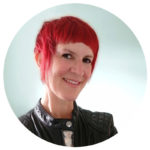
This article was written by Julie Read, a leading educator in the Creative Industries, as featured in The Guardian newspaper, on a mission to create a legacy to ‘unlock your creative genius’.
My passion and mission is your art portfolio, to help to get you that place at college or university.
CLARITY, in particular around the creative process, sketchbooks, and what the Colleges actually want to see are the founding principles.
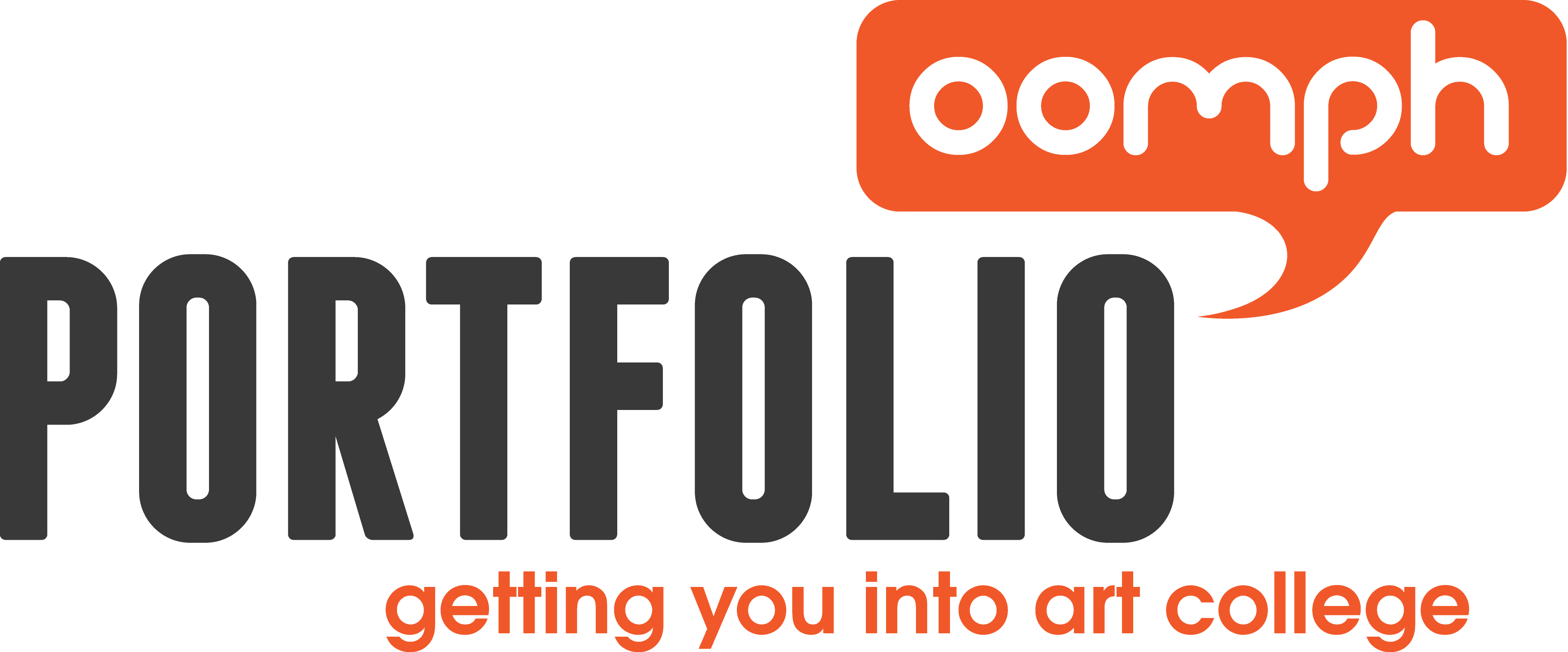
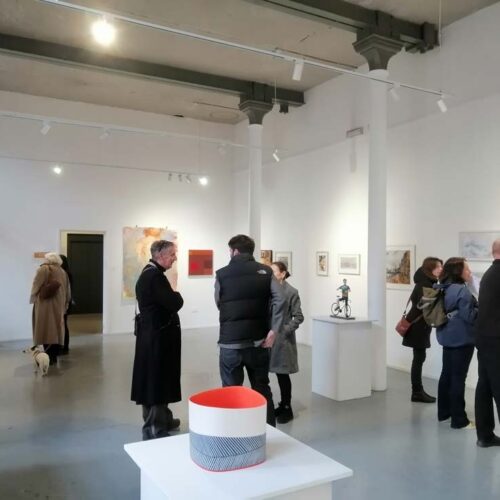
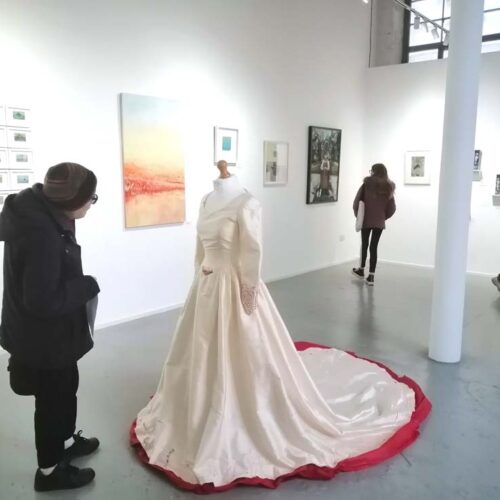
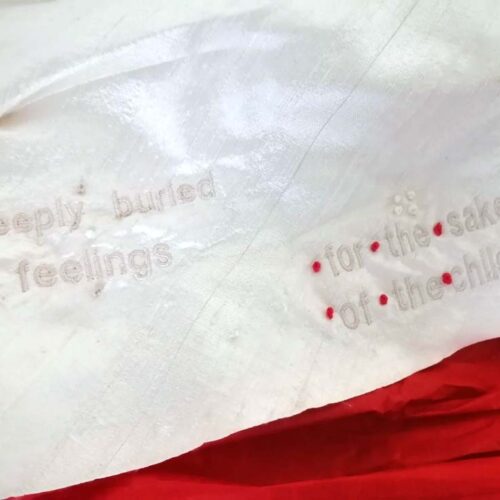
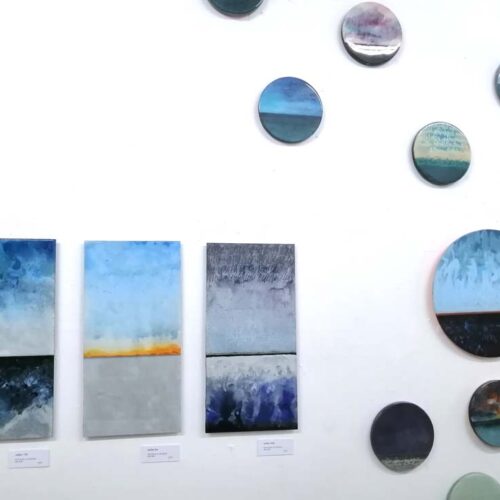
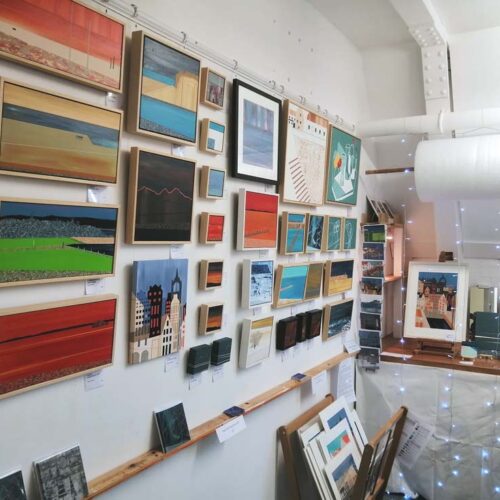
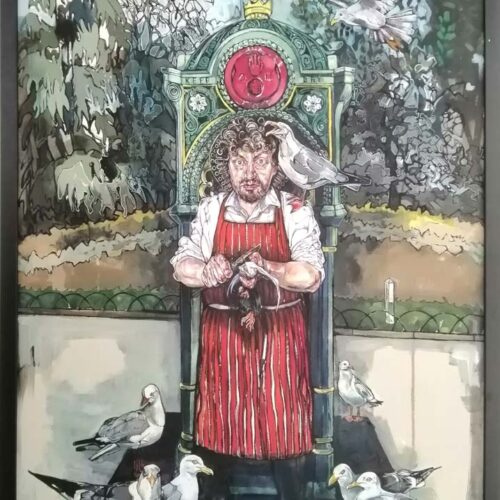
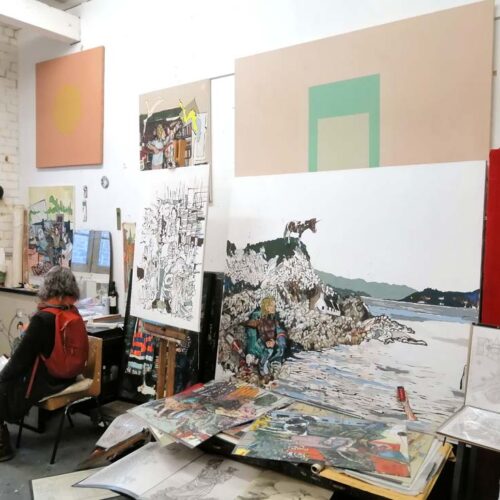
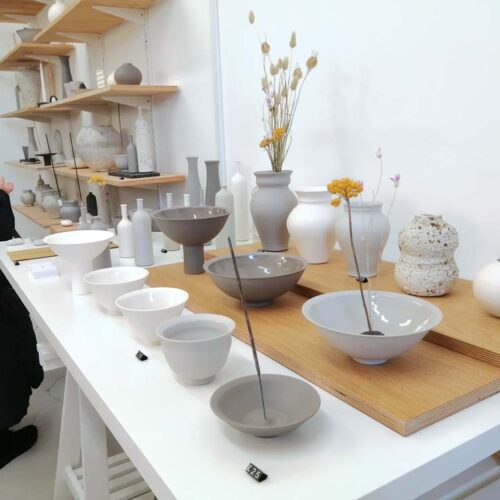
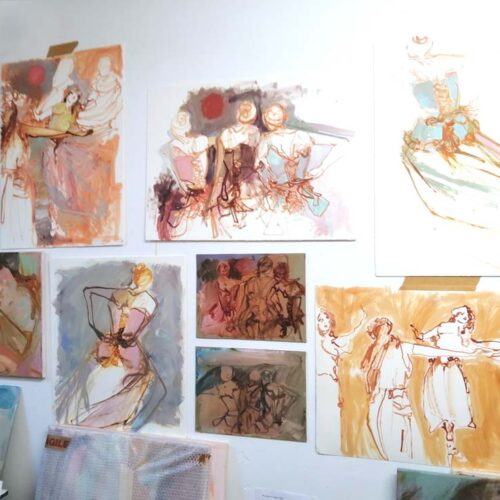
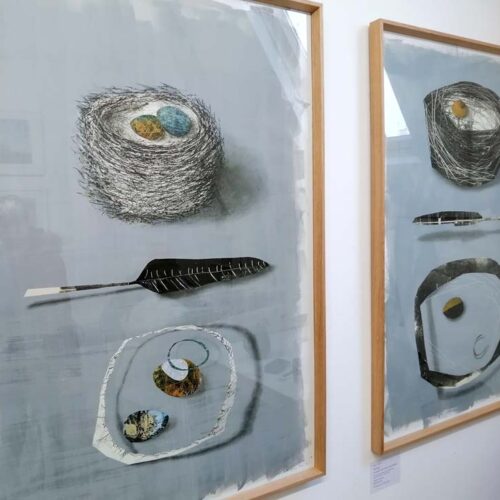
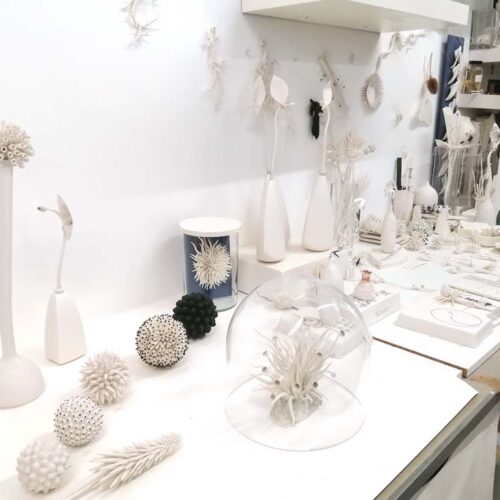
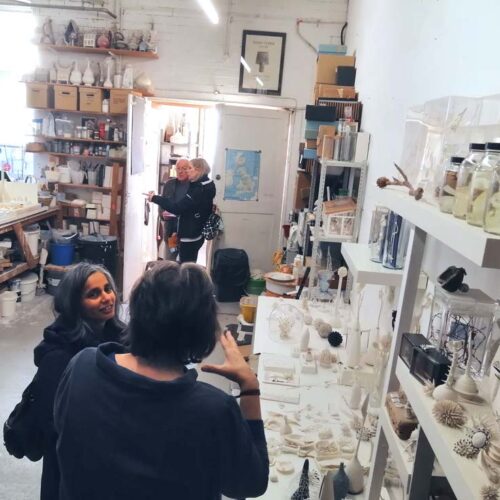
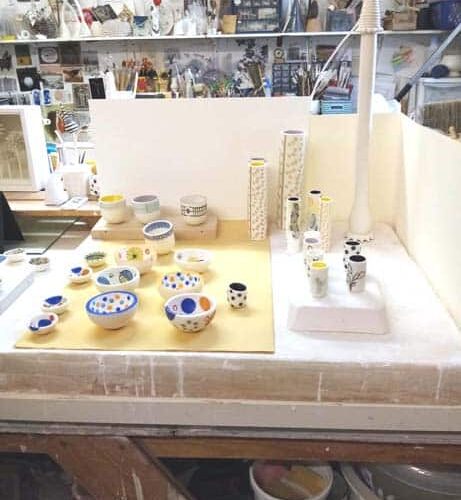
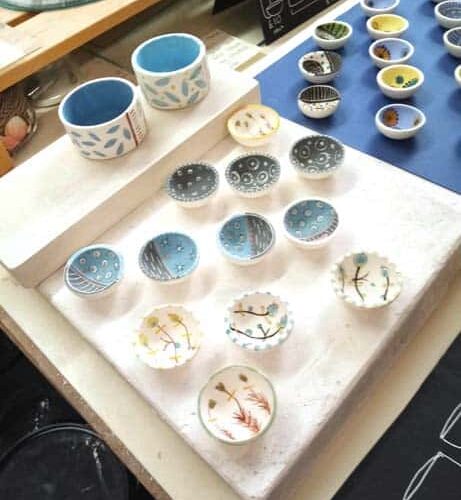
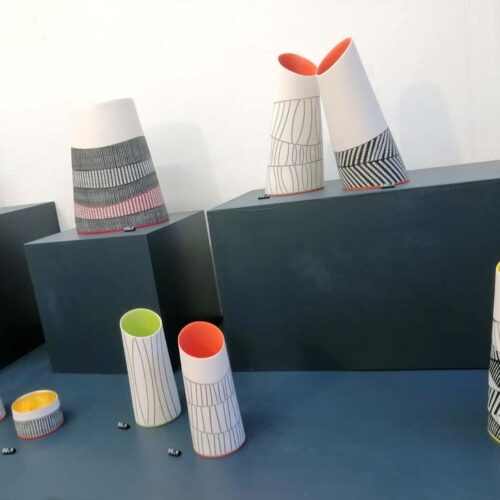
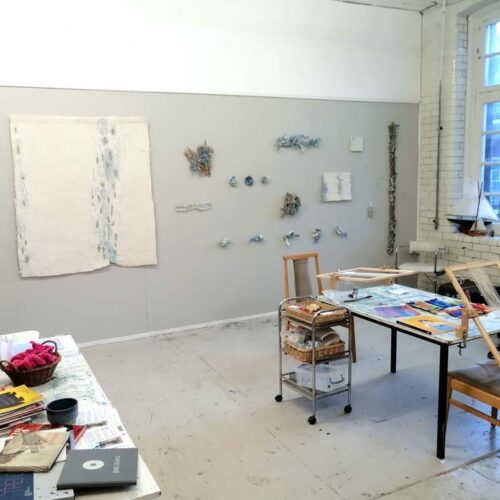
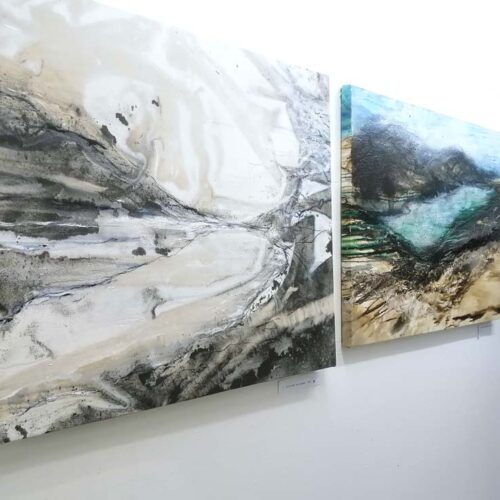
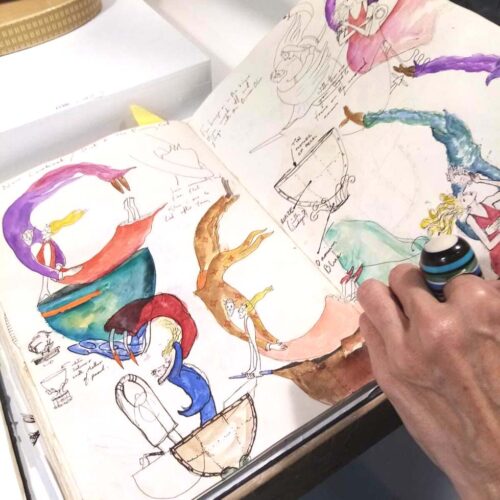
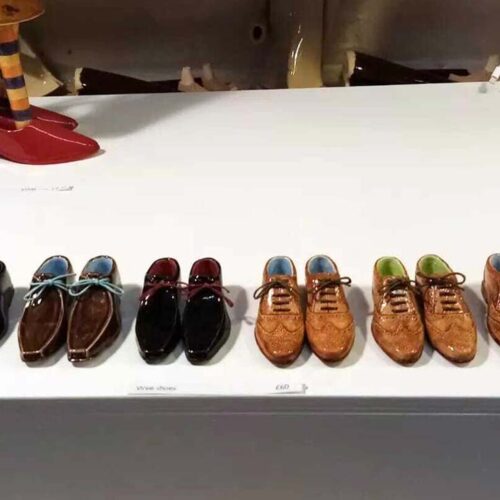
Sorry, the comment form is closed at this time.